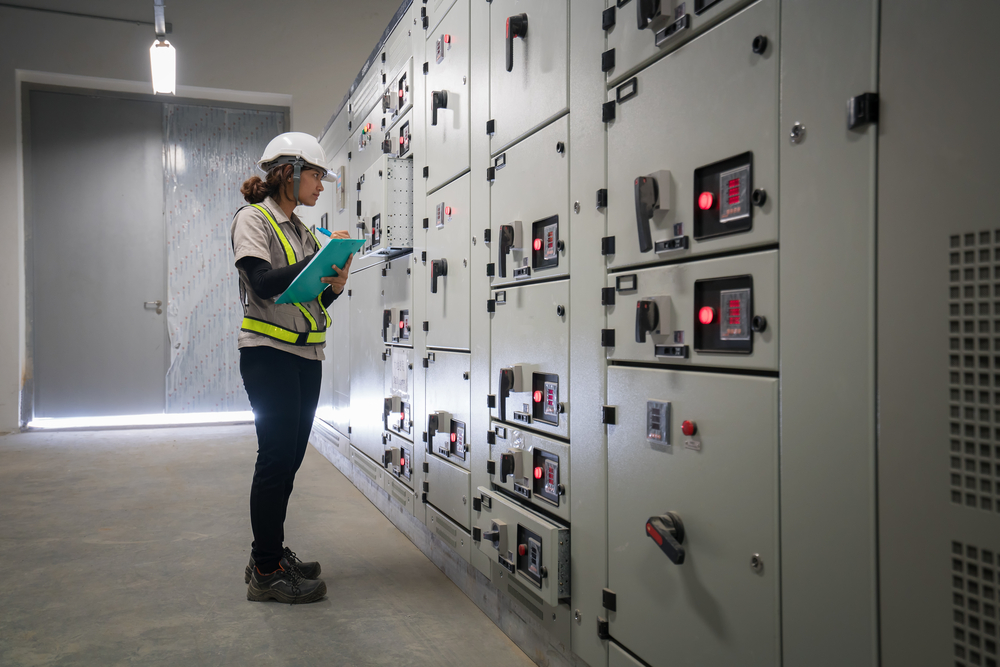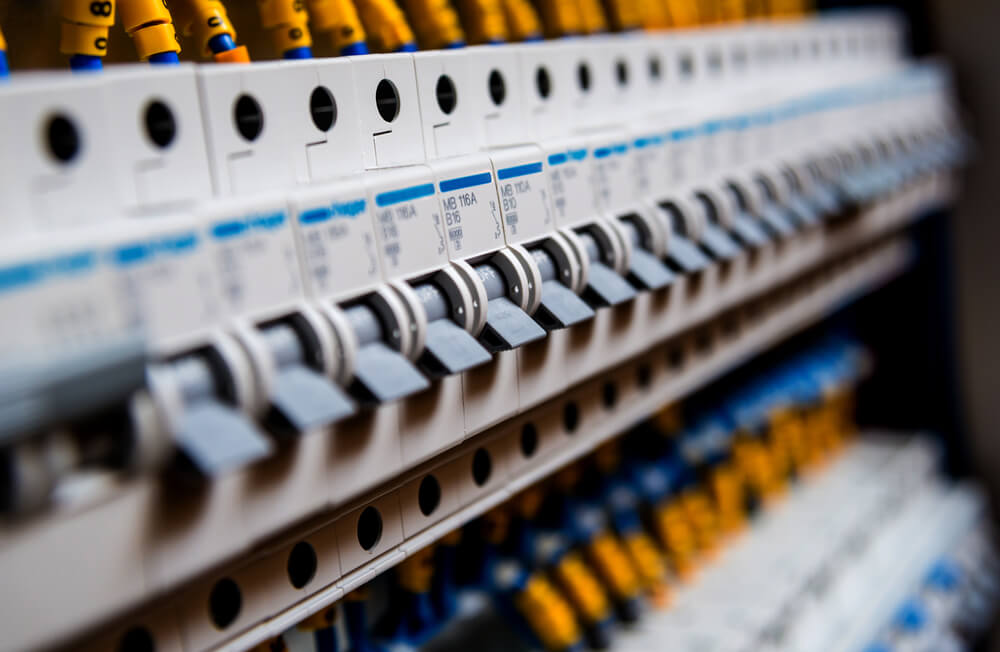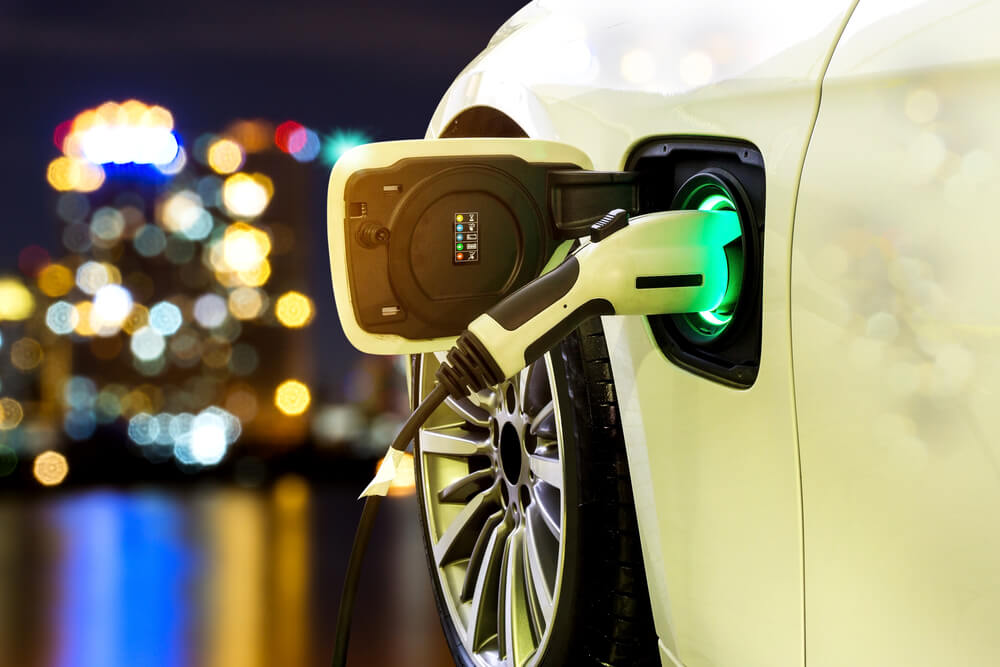EV-peasy: Why Amendment 1 boosts EVCP installations
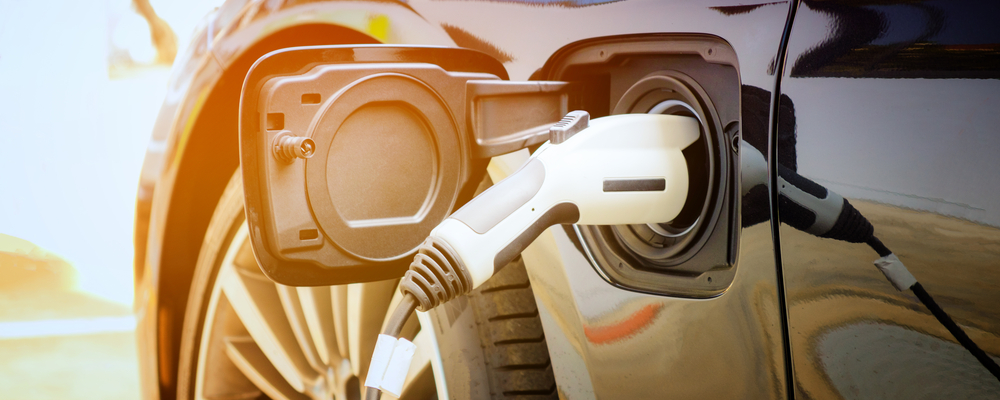
The installation of electric vehicle chargepoints has now become simpler due to changes in the Wiring Regulations and technological advances, and will continue to play a key part of electrical contracting works.
With a ‘green recovery’ being heralded as a key part of our post Covid-19 roadmap, we can expect a big push for further adoption and promotion of EVs, along with many other green technologies and solutions.
At time of writing, there are 135 types of electric vehicle available, over 273,500 registered electric cars, 8,800 registered electric vans, and over 31,000 electric vehicle charge points (EVCPs) throughout the UK
Current government policy reflects this – towards the end of her tenure as PM, Theresa May enshrined in law our national commitment to reduce the UK’s carbon emission to net zero by 2050.
At a European level, in early April 2020, 13 countries signed an agreement for the EU Commission to begin work on a recovery plan, with the green transition at its core.
Watch now: #ECATechnicalTuesday webinar on EVs:
The electrotechnical sector is essential to, and at the heart of, this transition – and opportunities abound for the savvy installer. Our sector is the key to the electrification of transport, plugging green energy into the grid, helping energy consumers to become energy producers via renewable and storage systems, and the integration of smart networks into homes and businesses.
The sharp growth in EV sales and public interest clearly show that the transition is already well underway.
What does Amendment 1 say?
Amendment 1 to the 18th Edition Wiring Regulations (BS7671:2018) was released in February 2020. Its main purpose is to allow for advances in EV charging technologies which were not available before, giving contractors more, arguably safer, options to install and deploy changepoints.
Before Amendment 1, there were three options for the installations of EVCPs.
- Adopting a protective measure which didn’t exist (aka the ‘unicorn device’): (722.411.4.1 (iii).
- Using an isolation transformer for electrical separation (722.413.1.2). -large, heavy, expensive
- Installing a TT system potential risks due to the presence of unmapped underground services
Amendment 1 introduced a new option for EV installations through regulation 722.411.4.1 (iv). This allows protection against electric shock in a single-phase installation by use of a single device which essentially monitors the nominal voltage, ensuring it doesn’t exceed +/- 10 per cent of the nominal voltage.
This is likely to be incorporated into many EVCEs going forward. Importantly, this means no groundworks are required.
Routes into EVCP
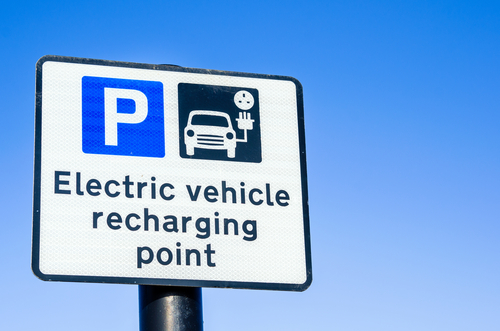 2019 saw the biggest growth in EV ownership, growing from around 500 registrations in 2014 to over 5,000. This is in large part thanks to a concerted effort to break down some of the most common barriers to adoption – charging infrastructure, cost, choice, and performance.
2019 saw the biggest growth in EV ownership, growing from around 500 registrations in 2014 to over 5,000. This is in large part thanks to a concerted effort to break down some of the most common barriers to adoption – charging infrastructure, cost, choice, and performance.
At time of writing, there are 135 types of electric vehicle available, over 273,500 registered electric cars, 8,800 registered electric vans, and over 31,000 electric vehicle charge points (EVCPs) throughout the UK.
a ban on internal combustion engines currently set for 2040 will likely be brought back to 2035 and could be made earlier still
A range of Government schemes also play their part in driving up EV adoption, through the Office for Low Emission Vehicles (OLEV). The Workplace Charging Scheme provides a grant for 75 per cent of EVCP installations, with up to £350 provided per chargepoint. The Electric Vehicle Homecharge Scheme offers a similar grant of 75 per cent of the cost of installation of a chargepoint up to £350.
There are also considerable tax savings for company car users via benefits in kind, offering 0 per cent tax on EVs from 1 April 2020, then increasing to 1 per cent in 2021 and 2 per cent in 2022. A no brainer for fleet operators.
The elephant in the room
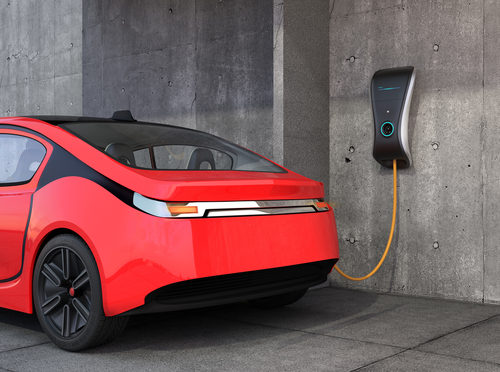 However, there is an elephant in the room with regard to OLEV. Many claimants have experienced payment delays and unfairly refused submissions. OLEV state that they are aware of these issues and are actively working to resolve them.
However, there is an elephant in the room with regard to OLEV. Many claimants have experienced payment delays and unfairly refused submissions. OLEV state that they are aware of these issues and are actively working to resolve them.
Meanwhile, we are collating feedback from ECA Members with experience of using the OLEV schemes – if you have been affected, please email energysolutions@eca.co.uk.
A ‘future proof’ regulation (722.411.4.1(v) now allows for new devices to be developed which satisfy the safety criteria of amendment 1
If any more incentives were needed, charge point installations will soon become impossible to ignore as a viable, and potentially lucrative, commercial opportunity. The 2018 iteration of the Energy Performance Building Directive will come into effect through building regulation Part L (expected this year), making EV chargepoints mandatory for new builds, and for existing buildings undergoing extensive renovations.
Furthermore, a ban on internal combustion engines currently set for 2040 will likely be brought back to 2035 and could be made earlier still.
Future-proof Regulations
Another key change in Amendment 1 is the amendment of regulation 722.411.4.1 (iii), which refers to the aforementioned ‘unicorn device’ - which now specifically protects against open PEN faults through monitoring the CPC voltage against that of true earth by means of a reference earth electrode.
A ‘future proof’ regulation (722.411.4.1(v) now allows for new devices to be developed which satisfy the safety criteria of amendment 1, without requiring a change in the wiring regulations.
In essence, the installation of electric vehicle chargepoints has now become simpler due to technological advances and will continue to play a key part of electrical contracting works.
Watch the entire series of ECA’s #TechnicalTuesday webinars: https://www.youtube.com/playlist?list=PLIYIAI0SEzvtu9mGDAZ3yL_Sr2jjkrCW0
Are you up to date with ECAtoday?
ECAtoday is the official online magazine of ECA and reaches thousands of people within the electrotechnical and engineering services industry.







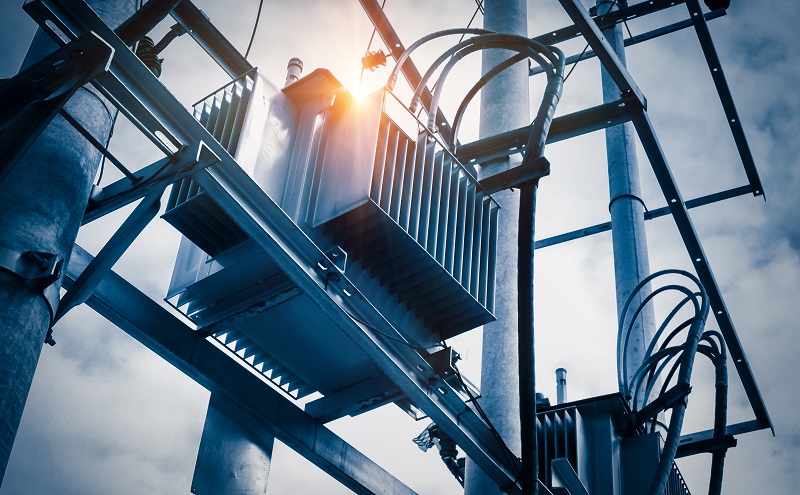

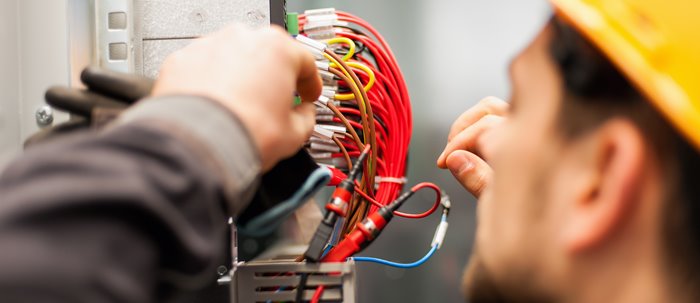

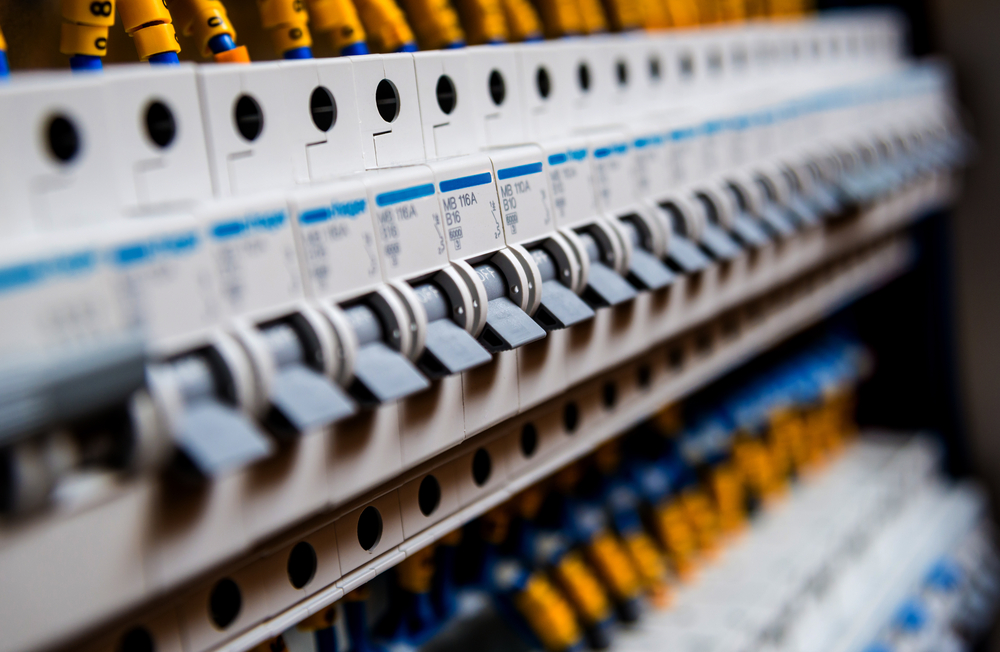


.jpg?width=1000&height=667&ext=.jpg)
